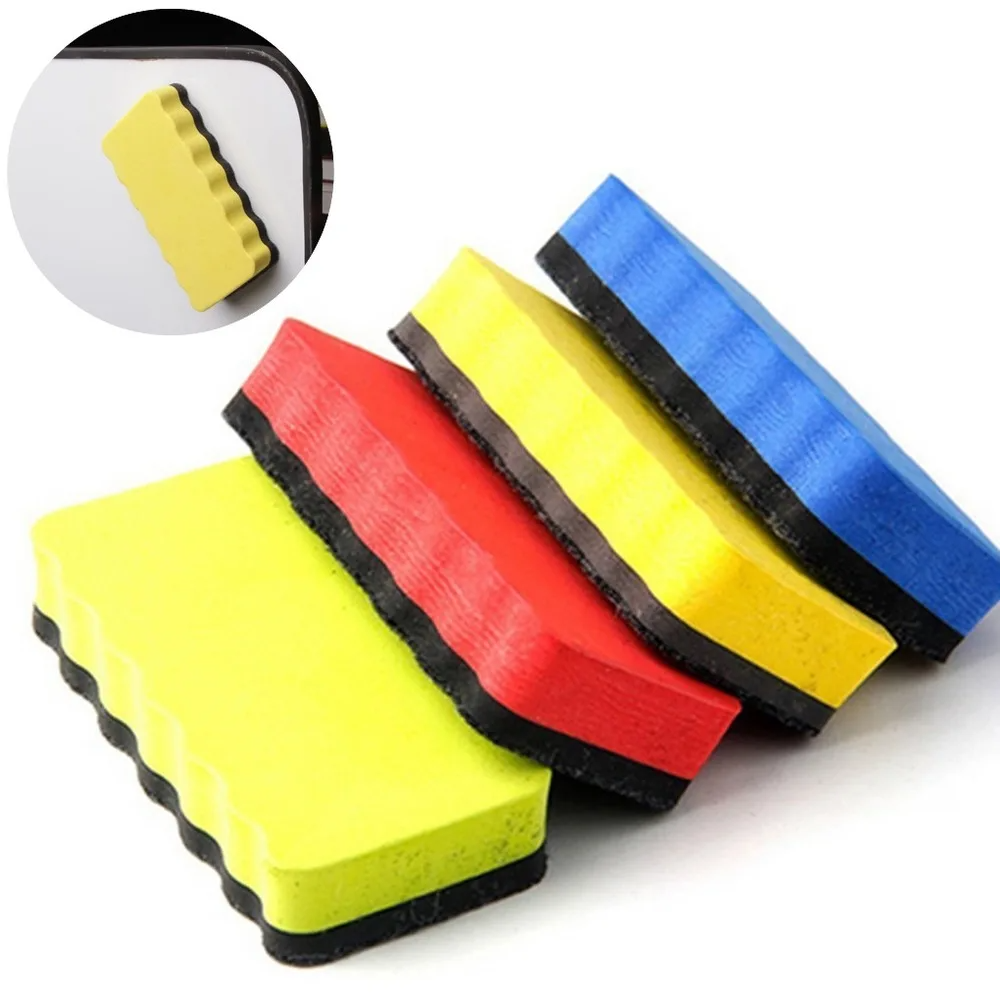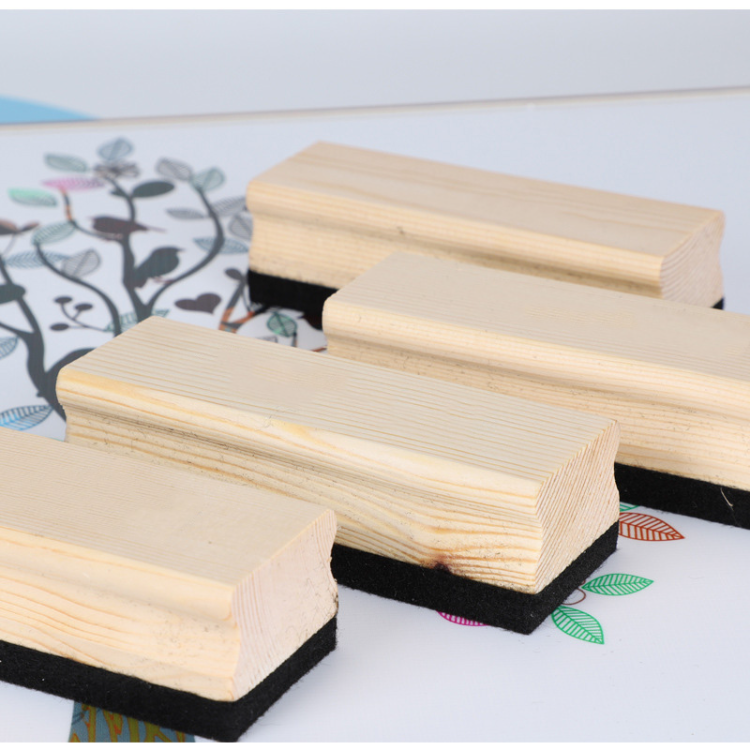Introduction
Chalkboard erasers may seem like simple tools, but their impact on classroom cleanliness and teaching effectiveness cannot be overstated. In this comprehensive exploration, we will delve into the history, design evolution, cleaning efficiency, environmental impact, and innovative features of chalkboard eraser. Join us as we uncover the fascinating world of these unsung heroes of classroom maintenance.
A Brief History of Chalkboard Erasers
Chalkboards have been a staple of education for centuries, with teachers using chalk to impart knowledge and engage students. Alongside chalk, chalkboard erasers emerged as essential tools for clearing the slate and preparing the board for new lessons. The evolution of erasers parallels advancements in education technology and teaching methods, reflecting the ongoing quest for efficiency and effectiveness in the classroom.
Design Evolution: From Simple to Sophisticated
The early days of chalkboard erasers featured basic designs, often consisting of felt pads or simple wooden blocks. As educators sought more effective ways to clean chalkboards, eraser designs evolved to include materials like felted wool, microfiber, and even magnetic components for enhanced performance. Modern chalkboard erasers boast ergonomic handles, self-cleaning mechanisms, and antimicrobial properties to promote cleanliness and user comfort.
Cleaning Efficiency: Erasing with Precision
The primary function of chalkboard erasers is to remove chalk residue from the board’s surface, ensuring a clean canvas for the next lesson. Different eraser materials offer varying levels of cleaning efficiency, with some erasers designed specifically for dust-free performance. Teachers value erasers that erase smoothly without leaving behind streaks or smudges, facilitating clear and legible writing on the chalkboard.
Environmental Impact: Sustainability in the Classroom
In an era of increased environmental consciousness, the sustainability of classroom tools like chalkboard eraser has come under scrutiny. Many manufacturers now prioritize eco-friendly materials and production processes, ensuring that erasers are durable, reusable, and recyclable. By choosing environmentally responsible erasers, educators can reduce waste and minimize their ecological footprint while maintaining a clean learning environment.
Innovative Features: Enhancing the Erasing Experience
Today’s chalkboard erasers offer a host of innovative features designed to elevate the erasing experience for teachers and students alike. Anti-dust coatings prevent chalk particles from becoming airborne during erasing, promoting cleaner air quality in the classroom. Magnetic erasers adhere to metal chalkboard surfaces for easy storage and accessibility, while ergonomically shaped handles reduce hand fatigue during extended use.
The Art of Erasing: Strategies for Effective Cleaning
While the act of erasing may seem straightforward, there are techniques and best practices that can optimize the cleaning process and prolong the life of chalkboard erasers. From using light, sweeping motions to rotating the eraser for even wear, teachers can ensure thorough cleaning without damaging the chalkboard surface. Regular maintenance, such as washing erasers and allowing them to dry fully, is key to preserving their cleaning efficacy.
Choosing the Right Chalkboard Eraser for Your Needs
When selecting a chalkboard eraser, educators should consider factors such as erasing efficiency, durability, ergonomics, and environmental impact. Brands known for quality craftsmanship and innovative design, such as Quartet, Expo, and Board Dudes, offer a range of eraser options to suit diverse preferences and needs. Whether seeking a traditional felt eraser or a modern microfiber model, teachers can find the perfect eraser to enhance their teaching experience.
Embracing the Legacy of Chalkboard Erasers
As technology continues to transform education, the humble chalkboard eraser remains a timeless symbol of classroom tradition and teaching excellence. By honoring the legacy of chalkboard erasers, educators celebrate the enduring importance of tactile learning tools and the value of hands-on engagement in the educational process. With their simple yet indispensable role in maintaining clean and organized learning spaces, chalkboard erasers continue to play a vital part in shaping the educational landscape for generations to come.
Conclusion
In conclusion, chalkboard erasers may appear unassuming, but their impact on classroom cleanliness and teaching efficiency is undeniable. From their storied history to their modern innovations, chalkboard erasers stand as essential tools for educators seeking to create engaging and organized learning environments. By embracing the legacy of these unsung heroes of classroom maintenance, teachers uphold a tradition of excellence in education and foster a culture of cleanliness and creativity in the classroom.

